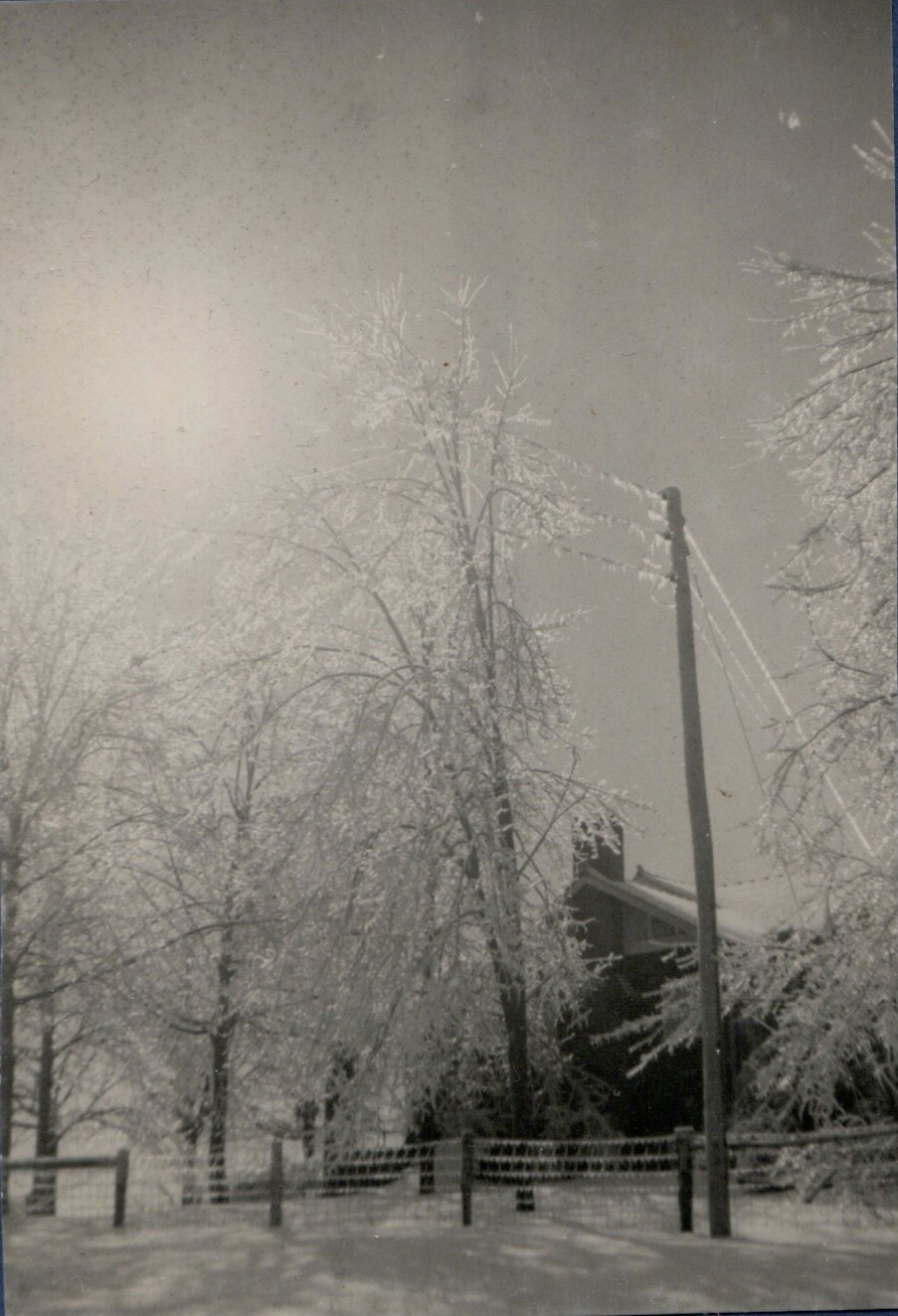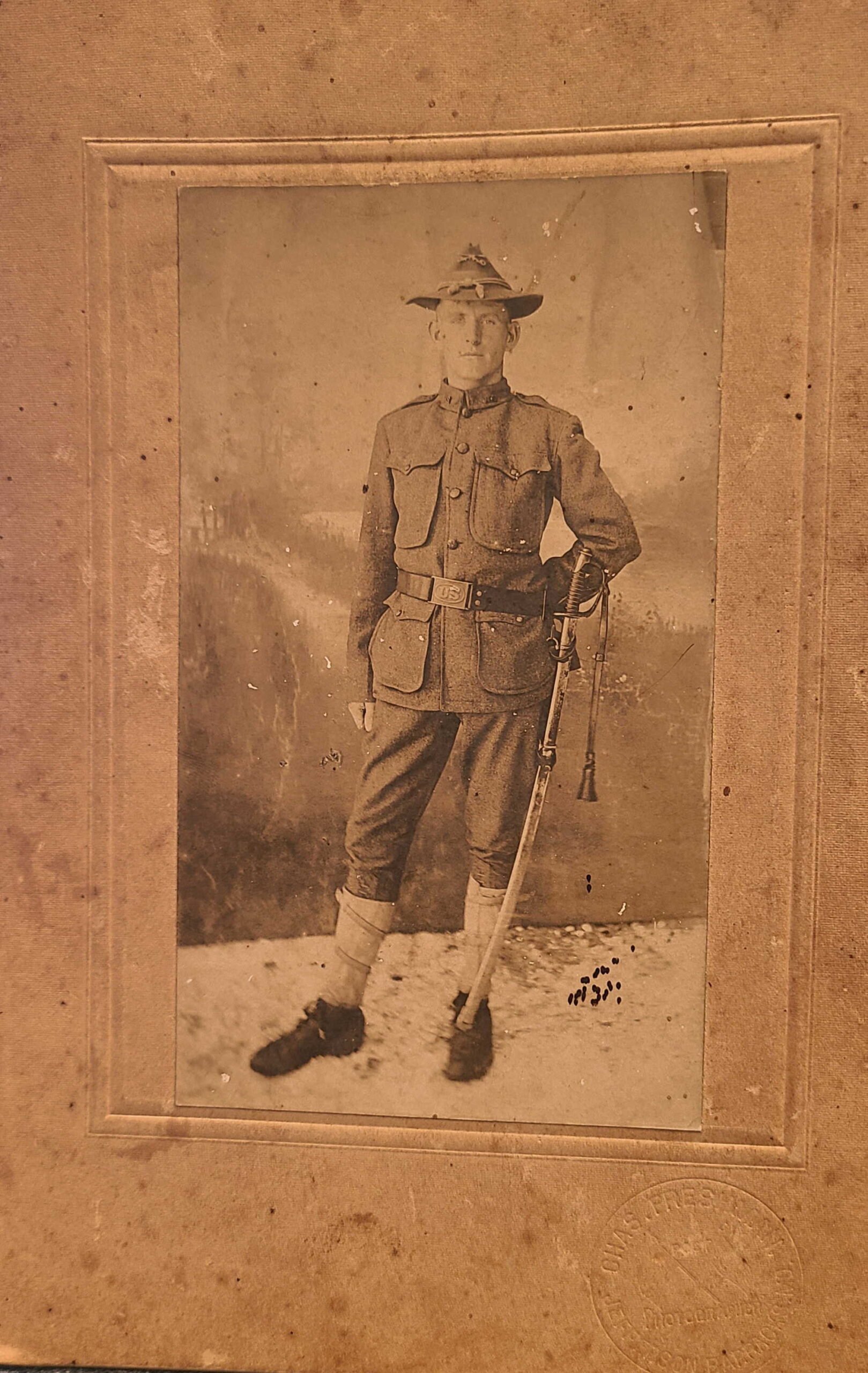Your cart is currently empty!
-
The Strange Homecoming of Cpl. Floyd Delano Rhodes
A Westmoreland man survives the horrors of World War II and eagerly makes his journey across the Atlantic to what turns into an unfortunate homecoming.
-
“A Most Appalling Disaster”…the Liberty Tornado

A deadly tornado struck the middle and northeastern parts of Sumner County on the afternoon of March 18, 1925, striking terror in the hearts of those who witnessed it. Step back in time as we follow the path of destruction and revisit this horrific event from long ago.
-
Marguerite Davis Law…a community’s beloved English teacher

The story of a widowed mother’s remarkable journey through life.
-
If These Walls Could Talk …the old Stagecoach Inn at Adolphus

The narrative reflects on a historic house, once a stagecoach inn built by William Foster in Kentucky, which symbolizes a turbulent past filled with slavery, death, and controversies. The house, later owned by the Roark family, witnessed notable events, including the murder of Bill Roark in 1913. Today, it stands neglected, reminiscing its storied history.
-
The Ice Storm of 1951

In the winter of 1951, an ice storm struck Westmoreland, causing significant disruptions. Rain transitioned to sleet and snow, covering the area in ice. With power outages and impassable roads, community members relied on each other for warmth and supplies. The storm resulted in extensive damage, injuries, and 25 fatalities across the region.
-
Westmoreland’s First Football Team
As fall resumes and schools reopen, the community’s passion for football intensifies, particularly for the Eagles, whose history began in 1931. Established during the Great Depression, the fledgling team struggled with makeshift gear, facing tough opponents. The program faltered by 1934, until a revival occurred in 1960, marking its enduring legacy.
-
Things to Know About Westmoreland Schools
The community of Westmoreland has been most fortunate over the years to have been served by a variety of educational facilities. Ranging from the first scattered subscription schools open to only a few paying students, to the eventual state and county supported public schools open to all, there have always been those individuals in the…

